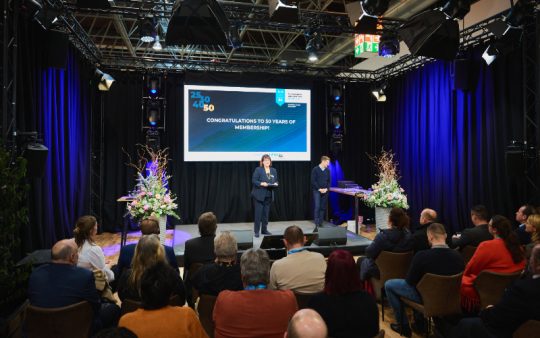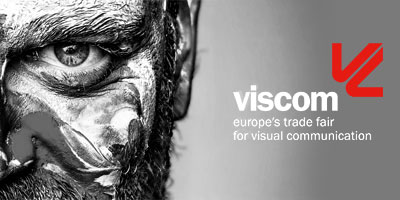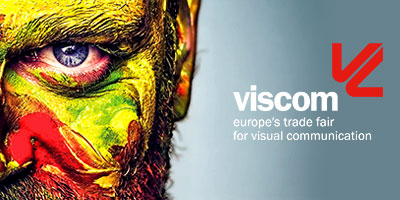Impression of reality

Published on 06.05.2020
Virtually indistinguishable from the original: the 2.5D printing process transforms surfaces into deceivingly realistic haptic reproductions
2.5D printing combines the benefits of flatbed and 3D printing. It enables you to apply a structured printed surface to different objects. Several manufacturers have developed 2.5D systems, but they all utilise different processes. Nevertheless, whether we are talking about multiple print layers that are stacked one on top of the other or an expanding material – the result is always the same: a 3D surface with a haptic structure.
The Dutch company Printerior uses a system which consists of several stacked printing layers. Special software simplifies the process of designing a texture file and its conversion in the printer. This enables you to achieve quick results with as little effort as possible. The multi-layering process creates realistic-looking and structured simulations of wall coverings which have the look and feel of canvas art prints, including realistic brushstrokes or an embossed stained-glass window with individually coloured panes.
Unique decor
As specialists for surface finishing, Printerior provides customised creative solutions for both interiors and exteriors. Haptic 2.5D printing takes carrier materials such as wood and acrylic or plastics such as Forex or Dibond to a whole new level. “You can feel the structure of the material”, reports Printerior’s creative manager Kimberly Faro. She was so fascinated after first encountering haptic printing at a trade fair that she was inspired to start the company. Since then, 2.5D has been her way of creating unique décor with a luxurious feel to it. Kimberly Faro was a guest at the Interior Design Business Meet-Up at viscom 2020. There she sparked a lively discussion about the different uses for this type of printing with her samples folder featuring very special material experiences.
Different processes
Mimaki uses UV printing for its 2.5D printing process. This method uses ultraviolet light to harden the ink droplets on the print medium. It is possible to add a total of around 17 layers up to a thickness of five centimetres with a maximum resolution of 1200 dpi. The printing results really stand out thanks to the quality of the embossing achieved in this manner. The sculpting really makes lettering on signs and advertisements look dynamic.
Casio takes a different approach. It uses a special, three-layer substrate for creating surfaces that consists of a layer of thermoplastic foam sandwiched between the carrier material and ink layer. The foam contains microparticles which it causes to vibrate under the effect of infrared light. This generates heat, causing the foam to expand. This so-called “light sculpting” creates embossed textures and patterns, enabling leather and fabric to be copied extremely realistically. This procedure is used, for example, when developing prototypes for the automotive industry. Manufacturers use this method to simulate the look and feel of the final product before going into mass production.
















